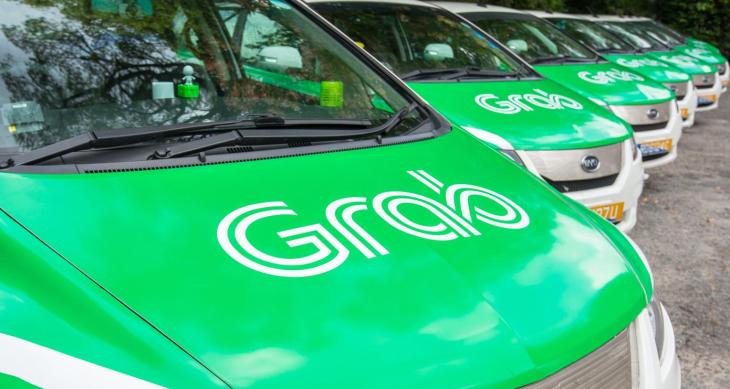On-demand startups in Asia raised hundreds of millions of dollars from investors over the last several years to scale and compete heavily in ridesharing, alternative transport, delivery and a supersized range of related and unrelated services. Now comes the reckoning.
This week, Southeast Asian supper app ride-hailing and food delivery app operator Grab laid off more than a thousand people, or about 11% of its staff, its first big layoffs since 2020.
Grab — which offers services in Singapore, Indonesia, Thailand, Vietnam and Myanmar — said it will make severance payments of half a month for every six months of completed service. It also will provide medical insurance coverage through to the end of 2023, as well as career transition consultations, among other measures, for those impacted.
The cuts come about a month after Grab — which trades on the Nasdaq exchange in the U.S. — reported quarterly results that indicated slowing user growth and user spend amid an ongoing net loss, as well as the departure of its co-founder from the business.
In a memo to staff, CEO and co-founder Anthony Tan downplayed the move as a cost-cutting measure merely aimed at profitability; instead he framed the move as right-sizing in reaction to changes in technology, the state of the capital markets and competition.
“We must adapt to the environment in which we operate,” he wrote in the letter, published online. “Change has never been this fast. Technology such as Generative AI is evolving at breakneck speed. The cost of capital has gone up, directly impacting the competitive landscape.” The group has publicly committed to being “Group Adjusted EBITDA breakeven” by the end of this financial year.
But it’s been aiming for that goal without major cuts to its expenses. Unlike its big competitors in the region Sea and GoTo (the parent company of GoJek), Grab held off from making layoffs in the last year. Last September, its chief operating officer Alex Hungate told Reuters that Grab doubled down on that commitment, despite weakening market conditions.
Prior to this week’s news, the last time Grab laid off workers was in 2020: It cut 360 jobs during the start of the COVID-19 pandemic, when business for all ride-hailing companies globally fell off a cliff. At the time, those cuts worked out to less than 5% of its staff.
By comparison, GoTo laid off 600 employees in March of this year to improve its profitability after cutting 1,300 jobs, or 12% of its workforce, seven months prior to that to preserve cash.
Although Tan didn’t want to point to profitability as a main goal, the cuts might be seen as a response to some of the lackluster metrics in its last earnings, which have manifested elsewhere: The company has been getting hammered in the markets.
When Grab went public in December 2021 by way of a SPAC, it did so having raised more than $10 billion in outside funding as a startup — with investors including SoftBank’s Vision Fund when its spending exuberance was at its peak, as well as strategic backers like Hyundai — and a valuation of $40 billion. Today, however, the company’s market cap is between $12 and $13 billion.
Another challenge has been heavy, ongoing price competition with rivals, which plays out not just as promotions for consumers, but incentives for drivers, too.
And a third challenge might well be the size of the business. Grab has amassed a large grab-bag of services over the years in its quest to build a “super app” providing any and all services to its consumers. Most recently, the Singapore on-demand firm acquired the Philippine-based motorcycle taxi platform Move It in 2022, a Malaysian supermarket chain Jaya Grocer and Indonesian digital payment platform OVO in 2021.
Grab has not ruled out what else it might do to “adapt” to today’s market, including divestments, sunsetting services or indeed further layoffs.
“The primary goal of this exercise is to strategically reorganize ourselves so that we can move faster, work smarter and rebalance our resources across our portfolio in line with our longer-term strategies,” Tan said.
